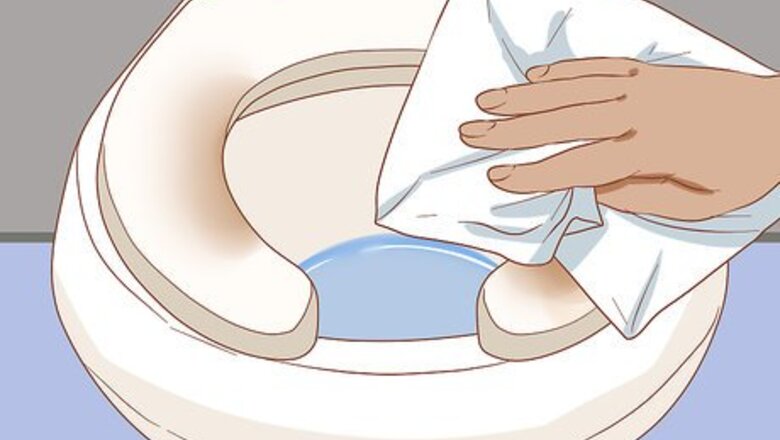
views
- To sanitize a public toilet, carry flushable disinfectant wipes or sprays, like Lysol, to wipe the seat down and eliminate lingering germs. Use seat covers when available.
- Protect your health by washing your hands with warm water and soap for at least 20 seconds. Use paper towels when touching other restroom surfaces.
- It is highly unlikely to catch STIs or STDs from sitting on a public toilet seat. However, you may get sick from poor handwashing hygiene.
How to Disinfect a Toilet Seat
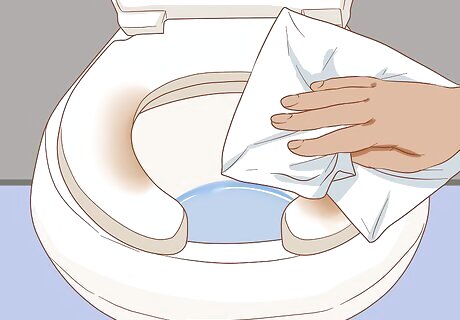
Wipe the seat clean with toilet paper to ensure the surface is dry. This may help remove some bacteria and germs. If you have hand sanitizer, you can apply a few drops onto toilet paper to wipe the surface. You can also wet the paper if you’re in a private bathroom with easy access to soap and water. If possible, use disposable gloves to avoid contaminating your hands.
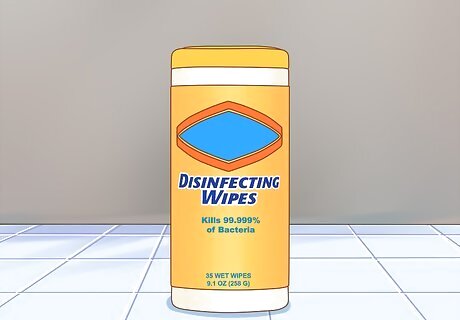
Clean the seat with flushable disinfectant wipes to get rid of bacteria. Many companies offer travel-sized packages of disinfecting wipes like Lysol that you can carry in your bag. Use one or two to carefully wipe the surface. Dry with toilet paper before sitting. Make sure the disinfecting wipe is safe for contact with skin by checking the back of the package for any warning labels or instructions. Using flushable wipes instead of regular wipes can help prevent clogging.
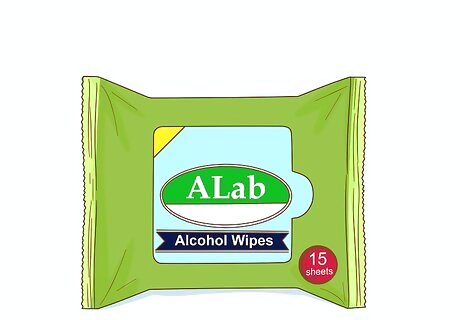
Opt for alcohol wipes as an alternative to disinfectant wipes. Alcohol wipes are effective at killing bacteria and germs and may be gentler on the skin than a disinfecting wipe. Wipe the seat thoroughly and dispose of the alcohol wipe in the trash. Allow the seat to dry before use. You can get alcohol wipes at most drug stores or grocery stores.
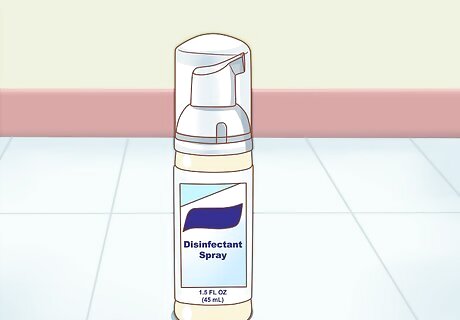
Carry a travel-sized disinfectant spray bottle. Many cleaning product lines offer disinfectant sprays that can be transferred to a travel-size spray bottle for easy use in public restrooms. Apply the spray liberally and allow it to sit on the seat as long as the directions recommend on the bottle. Wipe the seat with clean toilet paper afterward.
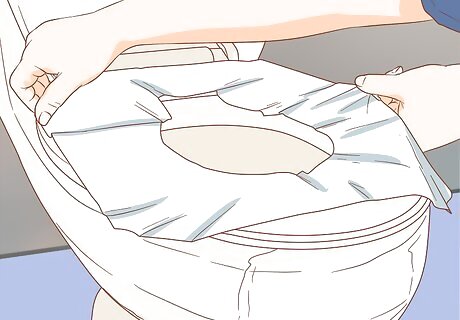
Place a wax or plastic toilet seat cover on the seat. Many public restrooms have toilet seat covers made of lightweight wax paper or come equipped with automatic plastic seat covers. Place the cover with the center tab in the water so it flushes away afterward. This will help create a barrier between your skin and seat, preventing you from coming in contact with germs. If the seat is wet, wipe it down with toilet paper before placing a liner down. These covers are usually on the wall of the restroom or in holders in each bathroom stall. Consider carrying personal single-use toilet seat covers when no cover is available. For automatic plastic toilet seat covers, consider resealing the toilet twice to ensure the seat is sanitized.
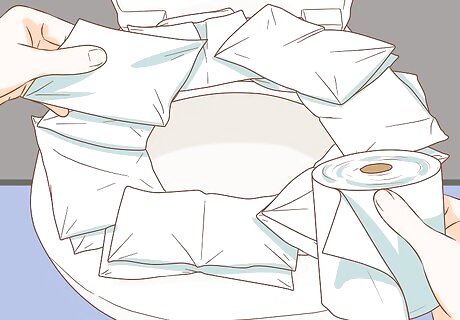
Make a seat cover with toilet paper. If a public restroom doesn’t offer toilet seat covers, make one. Place a double layer of toilet paper around the seat using medium to long pieces. This may be more effective than a single layer where microscopic organisms can still slip through.
Preventative Bathroom Sanitary Measures
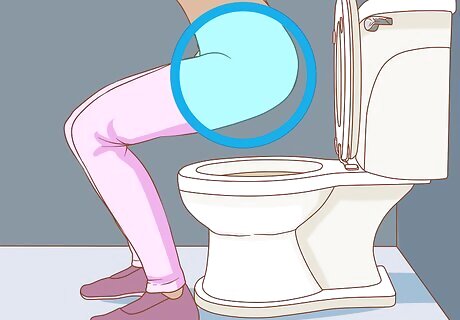
Squat instead of hovering over a toilet seat. If a public restroom is unsanitary, no covers or disinfectants are available, opt for squatting over a toilet. Stand with your feet a little wider than hip-width apart, toes facing front. Drive your hips back, bending at a 90-degree angle at the knees. Ensure your heels and toes are on the ground. Squatting is more effective than hovering because hovering interferes with urination. It activates the pelvis without proper breathing habits. It can increase the effort to empty your bladder while simultaneously making it more difficult to fully empty it.
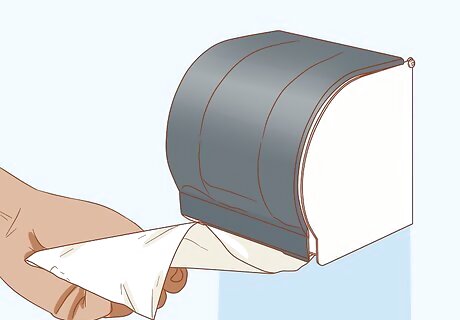
Choose a stall with covered toilet paper. One way to help ensure you come into less contact with bacteria in a public restroom is to seek out a stall with toilet paper that is either mostly or completely covered in a metal or plastic holder. This may help protect against splattering toilet water and bacteria or germs. If the toilet paper is not covered in any way, use any tissues you might have or paper that is as far off the floor as possible.
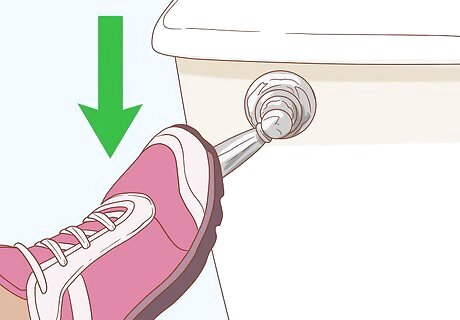
Flush the toilet with a covered hand or your shoe. The handle is usually the most unsanitary part of a toilet. Many public restrooms now have automatic flushing toilets, but some still require manual flushing. Covering the handle with toilet paper or your shoe may keep you from coming in contact with bacteria and germs when flushing manually. You can use a new seat cover or toilet paper to touch the handle when flushing.
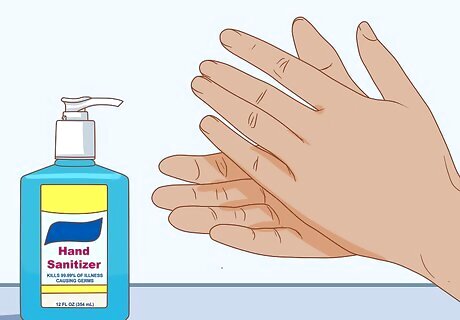
Wash your hands with soap and warm water for at least 20 seconds. Studies show that contaminated hands and fingers can easily transmit bacteria and germs from restrooms. This can be prevented by washing your hands thoroughly. Lather your hands in soap for at least 20 seconds, rinsing under warm, running water. Dry your hands with paper towels when available. Some studies have shown that air dryers may spread around more bacteria.
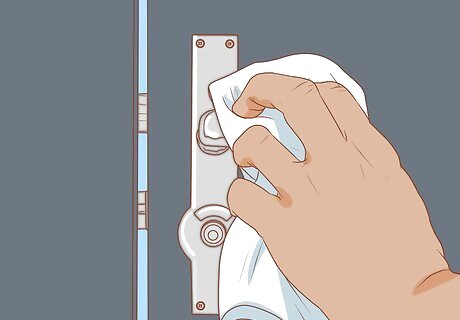
Use a paper towel or your elbow to touch handles or open doors. The restroom door can also harbor harmful bacteria and germs, particularly if people who don’t wash their hands touch it. When leaving the restroom, use a paper towel or your elbow to touch the door. This may help keep you from coming in contact with bacteria and germs. Also avoid touching hand dryer buttons and sink handles as much as possible for this same reason.
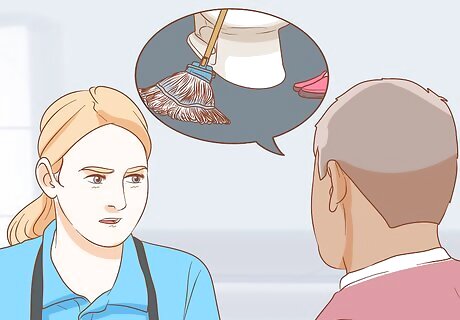
Ask the facility staff to clean the toilet. Many public toilets are regularly cleaned with strong disinfectants. If the restroom is unsanitary, request that a staff member clean the toilet and stall before you use it. If you regularly use the public restroom, check the cleaning schedule. Try to time your trips to occur immediately after scheduled cleaning visits.
Can I catch a disease from a toilet seat?
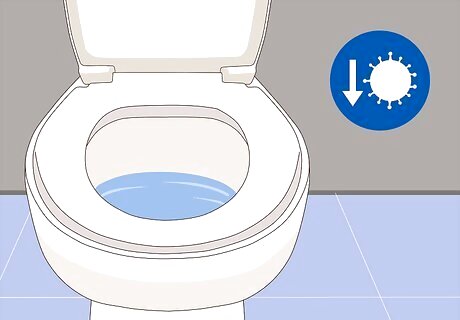
The chances of catching a disease from a toilet seat are extremely low. Many people believe you can catch STIs or STDs from public toilet seats when the truth is that disease-causing organisms can only survive for a short amount of time on surfaces. For an infection to occur, it would have to be large amounts of germs and have direct contact with a person’s urethral or genital tract or bloodstream (via a cut or sore). This makes it possible but highly unlikely.
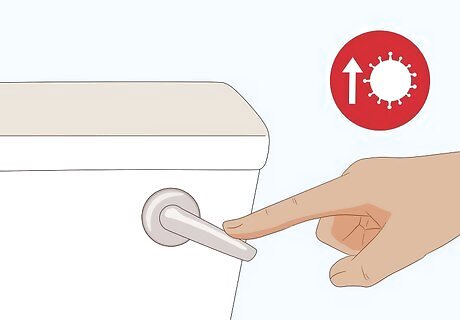
You’re likelier to get sick from flushing or poor handwashing. The real culprits in spreading harmful bacterial or viral contamination are the handles and faucets in the bathroom, especially handles exposed to flushing toilet water. Avoid touching your face until you can wash your hands. Use paper towels or toilet paper when handling locks or faucets. The flush of a toilet creates a fine spray of particles in the air that can be carried up to 5 feet above the bowl within 8 seconds of the start of the flush.

















Comments
0 comment